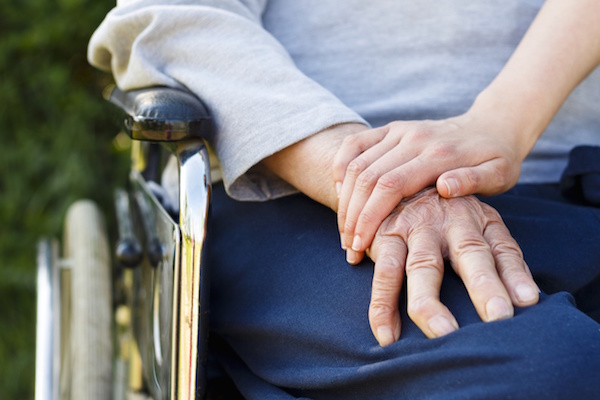
TUESDAY, March 8 (HealthDay News) — People who’ve survived a trauma still face an increased risk of dying, even as long as three years after the initial injury, new research suggests.
Those who are discharged from the hospital to a skilled nursing facility appear to face the highest risk of death, according to the study. People between 31 and 65 who are discharged to a skilled nursing facility after surviving a trauma face about twice the risk of dying, compared to someone of the same age who’s discharged to home.
“Mortality rates are declining for trauma patients in the pre-hospital and hospital setting, but when you look at the long-term survival, it is not improving,” said the study’s senior author, Dr. Saman Arbabi, the acute care section head at Harborview Injury Prevention and Research Center in Seattle.
“When we looked at the mortality rates after discharge, we found the ones who go to skilled nursing facilities are at a much higher risk of death even after adjusting for confounding factors, such as severity of injury,” said Arbabi. “But that doesn’t mean that skilled nursing facilities are doing something wrong, just that this group of patients is the one we should probably be focusing on. Do they need more medical oversight? Do they need more rehabilitation? Should they stay in the hospital longer?”
Results of the study are published in the March 9 issue of the Journal of the American Medical Association.
The study included data from 124,421 trauma patients from 78 trauma hospitals in the state of Washington from 1995 to 2008. Trauma includes injuries such as those sustained in motor vehicle accidents, falls and penetrating wounds, like a gunshot.
The researchers found that 7,243 people died before hospital discharge, and 21,045 died following hospital discharge. The average age of the patients was 53, and 59 percent of them were male.
The overall mortality rate three years after the injury was 16 percent, or about one in six people, compared to average expected mortality in the general population of 5.9 percent, according to the study.
In-hospital deaths dropped from 8 percent at the start of the study to 4.9 percent at the end of the study. However, long-term cumulative mortality increased from 4.7 percent to 7.4 percent over the same period.
Those most at risk of death following a hospital discharge after trauma treatment were older patients and those who were discharged to a skilled nursing facility, the study found. Other factors that appeared to increase the risk of death following a trauma included a higher head injury severity score, having an injury following a fall, and having Medicare or other government insurance.
“Trauma is not just a bump in life. Although trauma care is improving significantly, many people decline after discharge,” said Arbabi.
Dr. Lisandro Irizarry, chair of the emergency department and the emergency training program at Brooklyn Hospital Center in New York City, called the findings “somewhat surprising.”
“The real stunner was that despite an individual surviving to discharge, where they were discharged to affected their long-term survival,” he said.
“I think this warrants some investigation,” he added. “What is it regarding skilled nursing facility care that affects mortality risk? These facilities take all comers, they’re not specifically designed for trauma patients. Is a particular facility sufficient for a trauma patient? Is there variation in the facilities? Or, is this a subset of trauma patients that requires specialized care that’s not available at skilled nursing facilities?”
For people whose loved ones may require post-hospital trauma care, Irizarry said it’s important to discuss the scope and intensity of care required, and if a skilled nursing home is able to provide that care.
More information
Learn more about choosing a skilled nursing facility from the U.S. National Institute on Aging.

